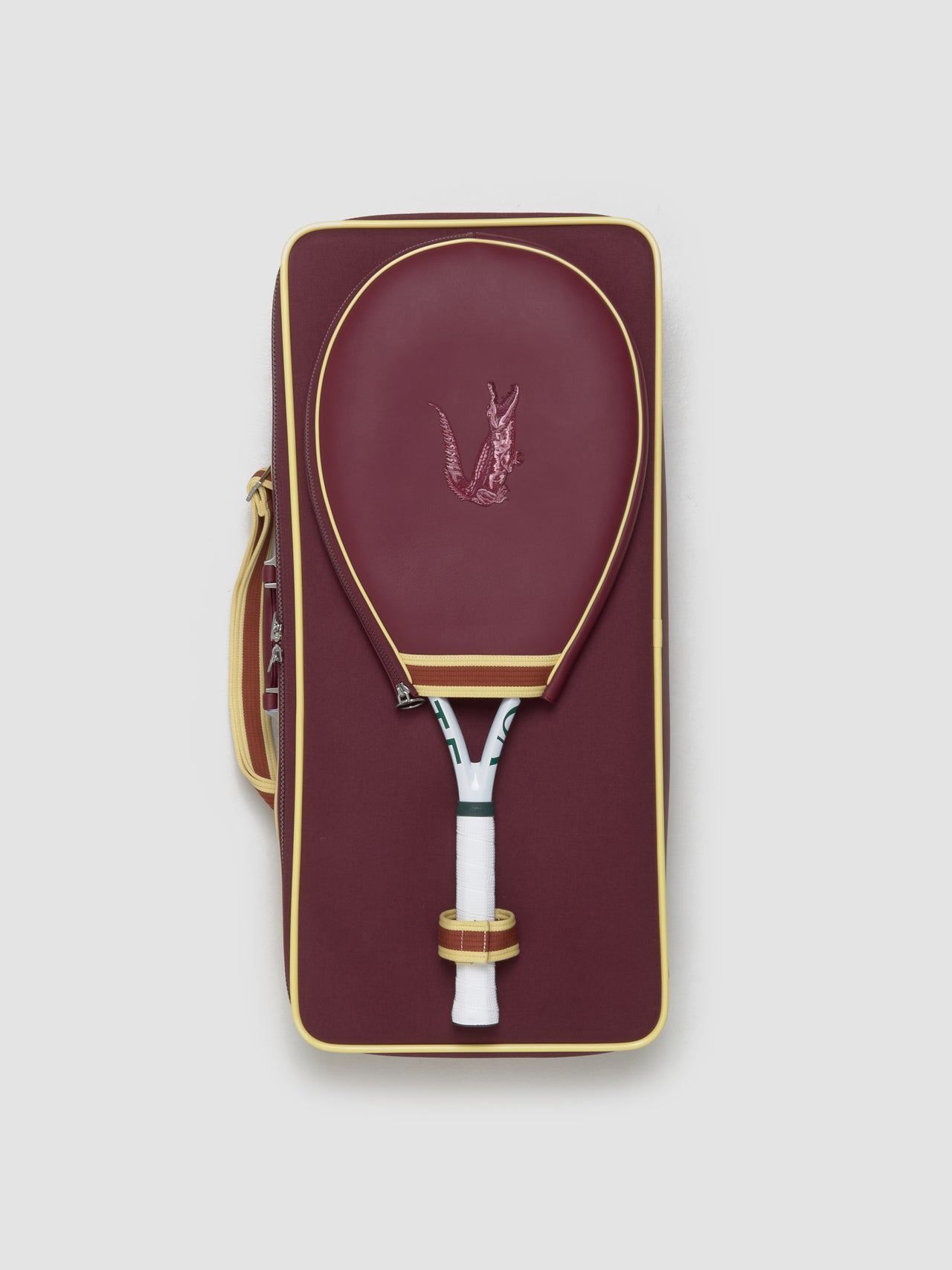Voo: Can you share a bit about your work in the creative industry?
Monja: I’ve been in the creative industry for 15 years as an illustrator, art director, graphic designer, and artist. For much of that time, I found joy in shaping others’ stories, bringing their ideas to life. But over time, I started digging into my own emotional chaos (or brilliance, depending on the day). Four years ago, I finally moved from only small sheets of paper to (building) large canvases— turns out, using my arms instead of just my hands feels like an upgrade. These days, my work often pulls from what’s flying around in my head—language, humour, and the everyday struggles we all know too well. Painting has become a big part of that. Next year, I might just let the canvas take over entirely.
V: Does playing tennis influence your creativity in unexpected ways?
M: After a long day in the studio, heading to tennis practice feels like unloading a big buildup of focus from my mind. It’s the small, yellow, round light at the end of the work tunnel. That tunnel is beautiful and exactly how I chose it to be, but it’s still work—and mostly solitary. That’s why I love having an opponent, stepping into direct interaction and exchange, even if it’s mainly with a ball.











